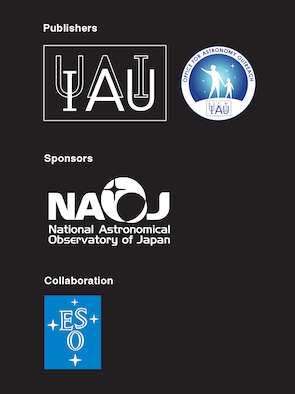|
Editorial (page 03)
Pedro Russo
In astronomy communication we often use the word astronomy as a blanket term to cover anything that has to do with space, i.e. astrophysics, space exploration, space sciences, human space flight, Earth observation, astrobiology, amateur astronomy and all related sciences and technologies. And if there is a single astronomy project that touches on all of these, that project is the NASA/ESA Hubble Space Telescope.
Hubble has been an astronomical powerhouse for the last two decades. Its discoveries have captured the imaginations of scientists and citizens alike, and have regularly thrust Hubble into the limelight. Hubble images are appreciated for their aesthetic appeal as well as for their illustrative power: they convey the beauty of the Universe, even to those who are too young to understand their context or implications.
In May this year, tuning in across the whole media spectrum, including television, blogs, newspapers, magazines, tweets and Facebook, the world followed the smooth, precise and professional movements of the astronauts as they carried out a flawless servicing mission. The Hubble Servicing Mission 4 (SM4) brought Hubble back to full performance level and we are all eagerly waiting to hear about the latest discoveries to come out of the revived Hubble.
In this issue, Ray Villard, a veteran communicator at the Space Telescope Science Institute describes his excitement at communicating SM4 in an innovative way: as a series of webcast programmes that take us behind the scenes of the technologically demanding and challenging Hubble Space Telescope repair mission.
Also in this issue, Tijana Prodanovic gives us ten golden rules to enhance presentations;
our regular contributor, Matthew McCool, guides us through the jungle of free astronomy software available and Henri Boffin and Diane Scherzler share their feelings about the love-hate relationship between astronomers and the media.
Between issues you can stay in touch through our website, www.capjournal.org, where you will find the current issues in PDF format, an astronomy communication and education job bank, submission guidelines and back issues.
We also welcome astronomy and science communication events (conferences, meetings, etc.), training opportunities, job postings or courses offered. If you have astronomy and science communication-themed products such as books, DVDs, television programmes, magazines or websites that you would like to see reviewed by the CAPjournal editorial team, simply send the necessary information to: editor@capjournal.org. This is also where to send any questions, comments or opinions.
Happy reading,
Pedro Russo
|

